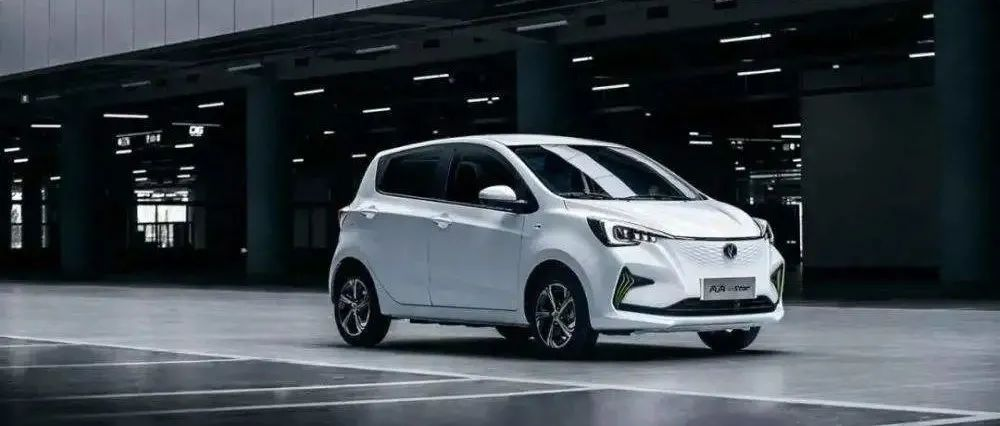Author | Wang Yunpeng
Under the trend of consumption upgrading, the A00-level pure electric vehicle market may enter a new stage of development.
Around 2012, due to the increase in purchasing power of the automobile consumer market, A00-level fuel-based vehicle models began to be gradually marginalized.
Although many car companies that produced and sold A00-level models at that time tried to turn the situation around through refined strategies, they had to withdraw from the market one after another due to changes in market trends. The Chery QQ, Changan Benni, BYD F0 and other once popular A00-level models all had to withdraw from the market.
Relevant data shows that in 2012, A00-level fuel-based vehicle models accounted for only 3.9% in the passenger car market, but it had basically dropped to the bottom by 2017.
Although A00-level fuel-based vehicles have been abandoned by the market, the entire A00-level sub-market has not been silent. Since 2014, with the trend of electrification, this sub-market has become a new battlefield for many car companies to explore, especially after 2019, a batch of A00-level pure electric “excellent vehicles” such as Baojun E100/200, Wuling Hongguang MINI EV, Chery Xiaomayi, Great Wall Ora Black/White Cat and others have successively been launched.
In terms of sales, statistical data shows that the sales volume of the A00-level sub-market in 2021 was 899,000, of which the sales volume of pure electric vehicle models was 898,500, accounting for nearly 100%. Additionally, in the top 15 list of new energy vehicle sales in 2021, eight of them were A00-level pure electric vehicles.
It is worth mentioning that the explosive sales volume of A00-level pure electric vehicles in 2021 has also triggered topics such as “breaking through the Guochao circle, replacing the billion-dollar market of ‘old people’s carts,’ and many car companies rushing into the mini electric vehicle market.”
However, as the “Huainanzi・Dao Ying Xun” says: “When things are prosperous they decline, when pleasures are the highest, they bring sorrow.” Since entering 2022, A00-level pure electric vehicles seem to be losing their former glory. Statistical data shows that in January of this year, the sales volume of domestic pure electric new energy vehicle models was 340,661, a year-on-year increase of 132.2%, of which the sales volume of A00-level models was 112,536, a year-on-year increase of 70.1%, which is lower than the overall market growth rate.It can be said that, starting from Chery Little Ant and Wuling Hongguang MINI EV, A00-level pure electric vehicles have not only regained vitality, but also become an important pillar of the domestic electric vehicle market. However, looking at the present situation, behind the bright results are challenges beyond imagination facing this sub-segment of the pure electric vehicle market, especially the gradual emergence of issues such as product saturation, consumption upgrading, rising raw material prices, and declining prices of new energy credits.
Gradual Cooling of the Market
Looking back at the development process of the domestic new energy vehicle market, A00-level pure electric vehicles have had two periods of glory.
Specifically, from 2014 to 2017, with the entry of many A00-level pure electric vehicles such as Zhidou D1 and BAIC EC180 into the market, the overall sales of China’s new energy vehicles began to increase, and the market share of the aforementioned vehicle models reached as high as 69% at its peak. The second period of glory began in 2019, especially with the hot sale of Wuling Hongguang MINI EV, which led to rapid follow-up from many other auto companies such as Great Wall Ora, Zéro Run, NIO, and Changan New Energy.
However, due to the constraints of the products themselves as well as factors such as chip and battery shortages, rising raw material prices, subsidy reduction, and carbon credit price reduction, the halo of A00-level pure electric vehicles seems to be fading since the beginning of this year.
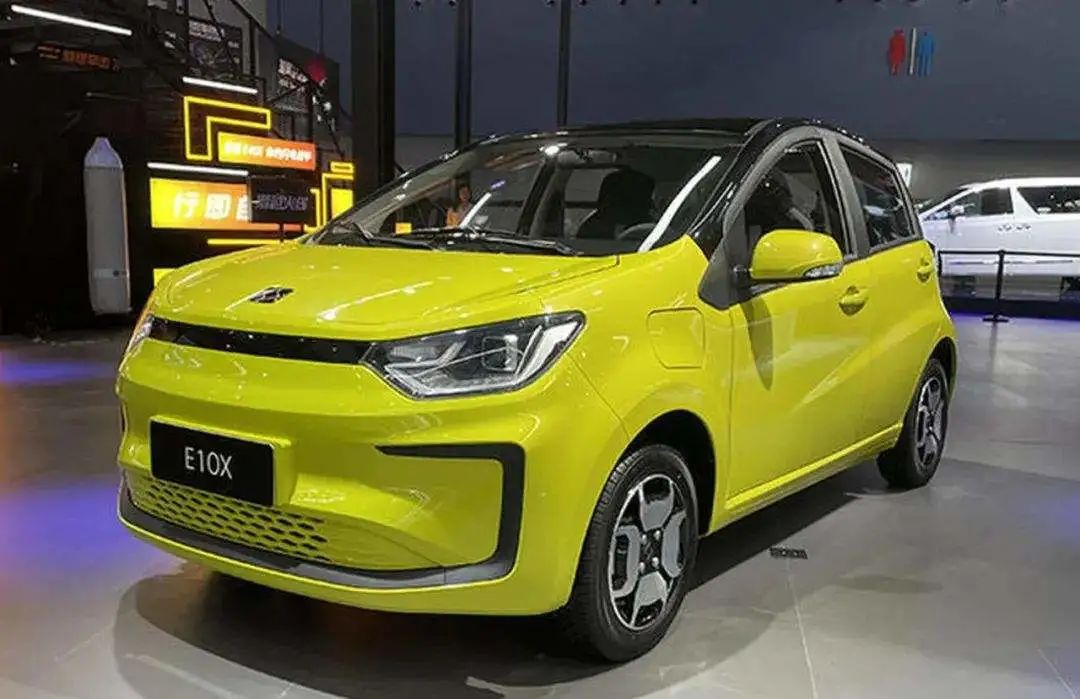
It is worth mentioning that this can also be seen from the 2021 new energy vehicle sales rankings and data trends. However, in the sales data for pure electric new energy vehicles announced in January this year, the trend of shrinking market share of A00-level pure electric vehicles is even more apparent.
According to data released by the China Passenger Car Association, in January this year, the sales volume of A00-level pure electric vehicle models was 112,536 units, a year-on-year increase of 70.1%; the sales volume of A0-level and A-level pure electric vehicle models was 127,078 units, a year-on-year increase of 235.9%; the sales volume of B-level pure electric vehicle models was 84,384 units, a year-on-year increase of 167.9%; the sales volume of C-level and D-level pure electric vehicle models was 16,663 units, a year-on-year increase of 46.0%.
Looking at specific vehicle models, there were a total of 28 A00-level pure electric vehicles available in the domestic market in January, with sales of 19 models declining month-on-month. For example, Ora Black Cat and White Cat sold 3,891 and 318 units in January, a month-on-month decrease of 51.7% and 85.4%, respectively; Wuling Hongguang MINI EV sold 37,048 units, a month-on-month decrease of 33.5%.
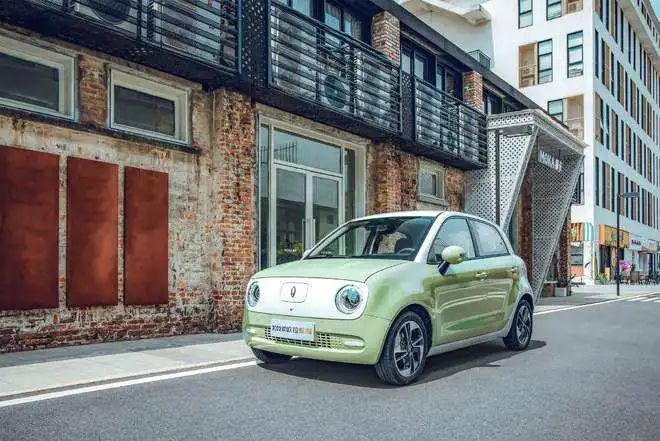 From the sales figures, the sales growth of A0, A and B class pure electric vehicles is not only much higher than that of A00 class pure electric vehicles, but also catching up or has already caught up with the latter in specific sales.
From the sales figures, the sales growth of A0, A and B class pure electric vehicles is not only much higher than that of A00 class pure electric vehicles, but also catching up or has already caught up with the latter in specific sales.
In terms of sales proportion structure, in January of this year, the sales proportion of A00, A0+A, B, C+D class were 33.0%, 37.3%, 24.8%, and 4.9%, respectively. In the same period last year, the data were 45.0%, 25.8%, 21.5% and 7.8%. In other words, in the current new energy vehicle market, the sales proportion of A0+A class pure electric vehicles has surpassed that of A00 class.
In addition, the current domestic electric vehicle market has a “dumbbell” structure, with hot-selling models mainly concentrated in the A00, B, and C class markets, and A0 and A class markets lack strong products. However, this trend has started to change since 2021. According to the forecast of Dongwu Securities Research Institute, the core trend of the new energy vehicle market in 2022 is the 10-20 yuan A-class car market, which may experience explosive growth, and sales will reach 1.7 million to 1.9 million units.
At the same time, the aggravation of internal competition, policy changes, cost increases, and the decline in the price of new energy credits seem to be pushing the A00 class pure electric vehicle market to cool down. As for policy, Shanghai has already started tightening green license plate policies. It is hard to say that more cities will not introduce more policies that are not conducive to the sales of A00 class pure electric vehicles in the future. In other aspects, this year, brands such as Ola and NIO have also announced the suspension of sales of some models.
In other words, with the penetration rate of new energy vehicles increasing and their popularity spreading nationwide, the transformation of new energy vehicle consumption from dumbbell shape to pillar shape and then to spindle shape is an inevitable trend, and the cooling down of the A00 class subdivision market is just a matter of how fast or slow it will happen.
How much market space is left?
In 2016, an industry institution released relevant data, stating that the sales of the entire A00 class cars accounted for about 0.6% of the passenger car market at that time, with sales of less than 200,000 vehicles. Another layer of meaning of this data is that the A00 class car market space was not large at that time.
However, with the gradual rise of A00 class pure electric vehicles, the A00 class subdivision market has also continued to expand. According to statistics, the total sales of the A00 class market were about 899,000 units by 2021, of which the sales of A00 class pure electric vehicles were about 898,500 units. In other words, basically the entire A00 class market is supported by pure electric vehicles.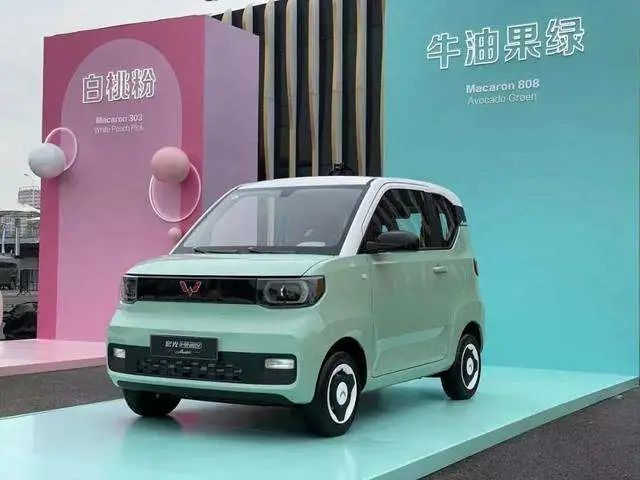
“Some industry insiders point out that although the sales of A00 level pure electric vehicles performed well in 2021, the share of sales is continuously shrinking. As the new energy vehicle market becomes more mature, the proportion of A00 level pure electric vehicles is expected to continue to decline.”
At the same time, some industry experts believe that the nearly 900,000 units sold are the result of the combined efforts of the original A00 market and the “elderly market”. In the Chinese auto market, where large volume and displacement are highly valued, A00 level pure electric vehicles will eventually follow the “old path” of A00 level gasoline vehicles. Currently, the market size has gradually stabilized, and the growth rate has slowed down or even declined, making it difficult to tap into larger growth potential in the future.
If the market ceiling can be broken by seeking new niche markets, cost is another important factor that constrains the development of A00 level pure electric vehicles. Specifically, in the A00 level pure electric vehicle market, price is paramount, and this is also a major reason why models such as the Wuling Hongguang MINI EV have dominated the market for a long time. However, the extremely low profit margins and rising cost prices make this distorted development unsustainable in the long run.
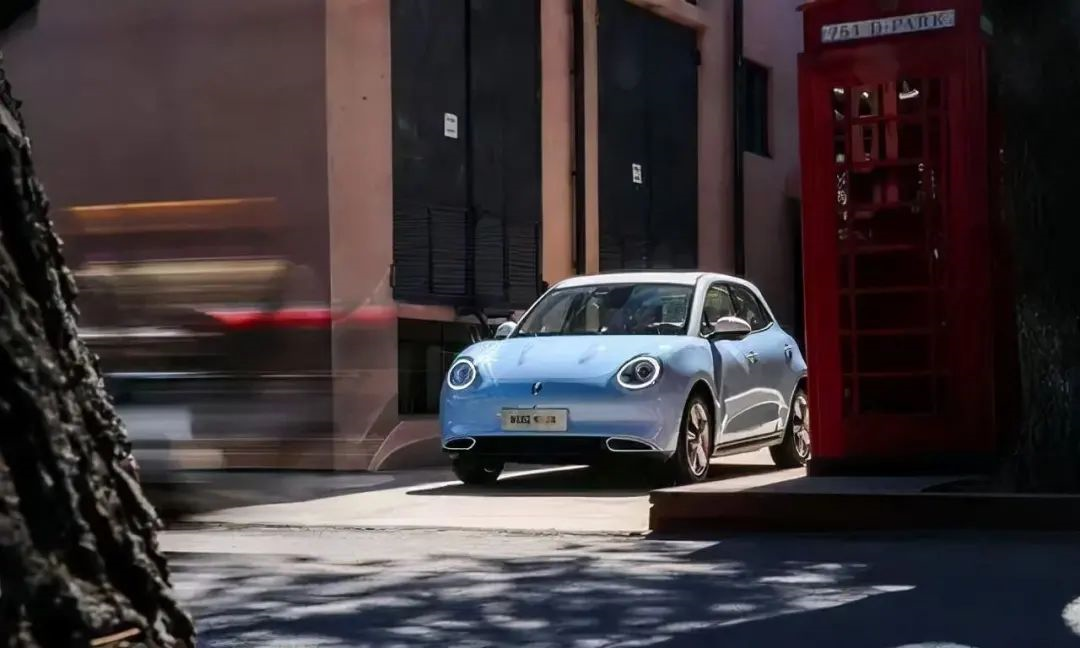
It is worth mentioning that the current situation seems to confirm this fact. Taking the Wuling Hongguang MINI EV as an example, its starting price has already increased from 28,800 yuan at the time of launch to 37,600 yuan. With the rise in raw material prices and the withdrawal of subsidies, the new Wuling Hongguang MINI EV to be launched in the future is bound to continue to rise in price.
Although price increases can alleviate the anxiety of car manufacturers buying more and losing more, this move is unlikely to be acceptable to consumers who choose to purchase A00 level pure electric vehicles.
In response, many car manufacturers also have a more sober understanding. Faced with the trend of “rising costs, falling subsidies, and increasing losses,” Ora and NIO have chosen to suspend orders for their low-priced models. In their view, low-priced electric vehicles cannot help companies win decisive victories in future market competition. After stabilizing the base, competition in the electric vehicle market will still need to focus on basic aspects such as technology configuration, assisted driving, power performance, and workmanship.
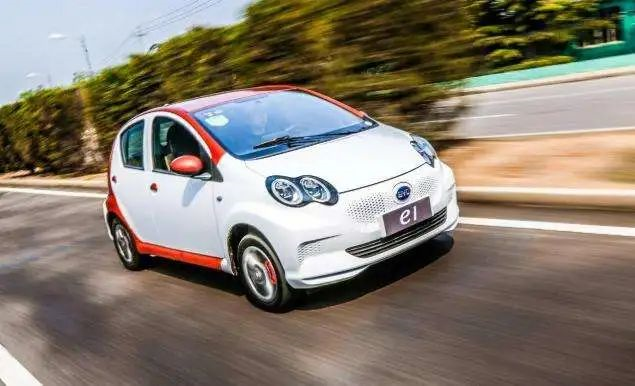 It is difficult to answer the question of how much space is left in the market for A00 class pure electric vehicles, but judging from the current market changes, it may not be realistic for A00 class pure electric vehicles to maintain a “evergreen” sales volume.
It is difficult to answer the question of how much space is left in the market for A00 class pure electric vehicles, but judging from the current market changes, it may not be realistic for A00 class pure electric vehicles to maintain a “evergreen” sales volume.
This article is a translation by ChatGPT of a Chinese report from 42HOW. If you have any questions about it, please email bd@42how.com.
